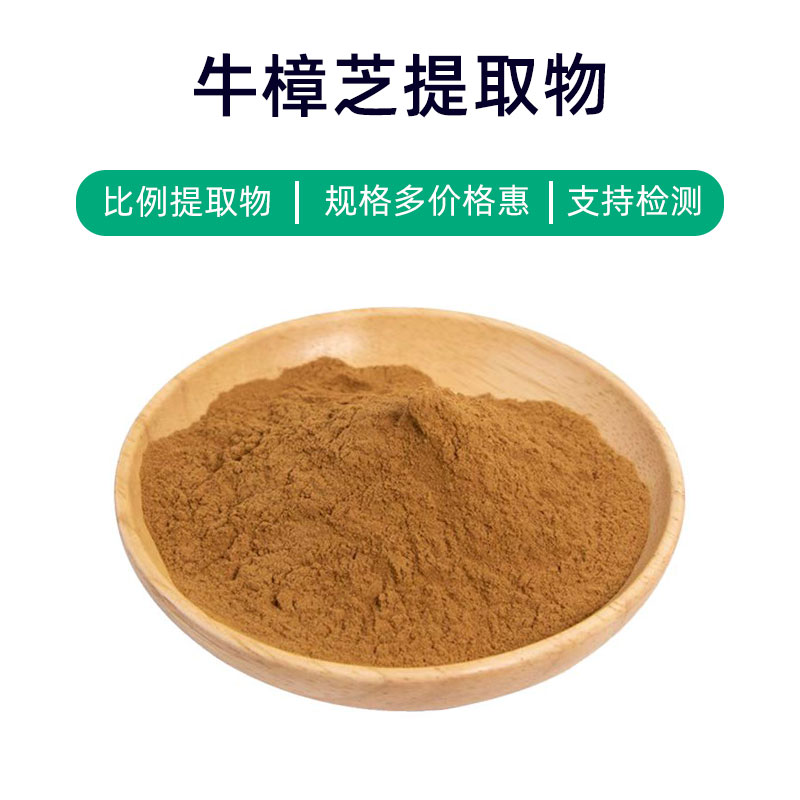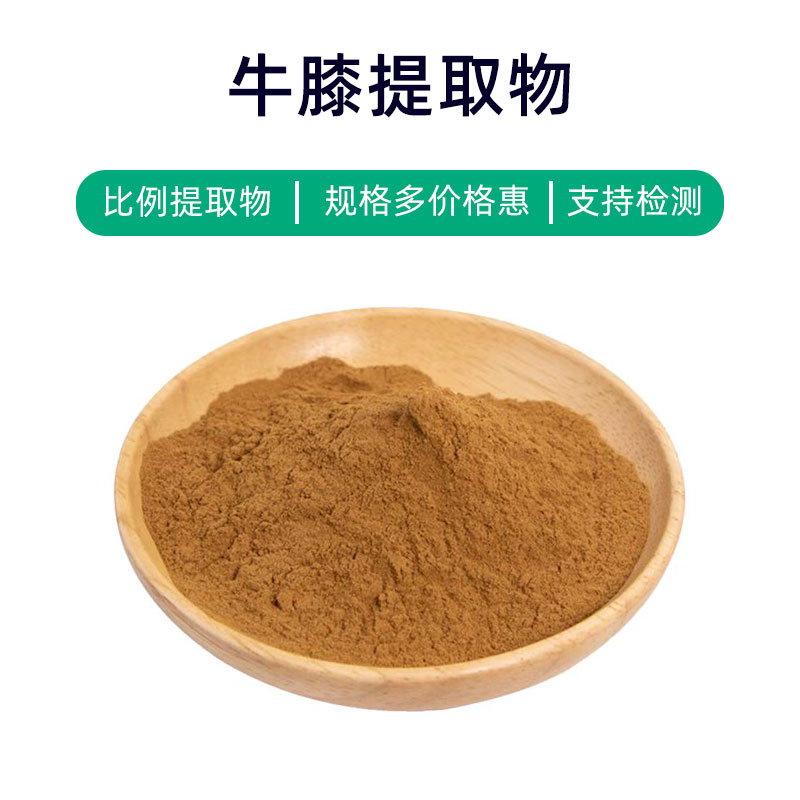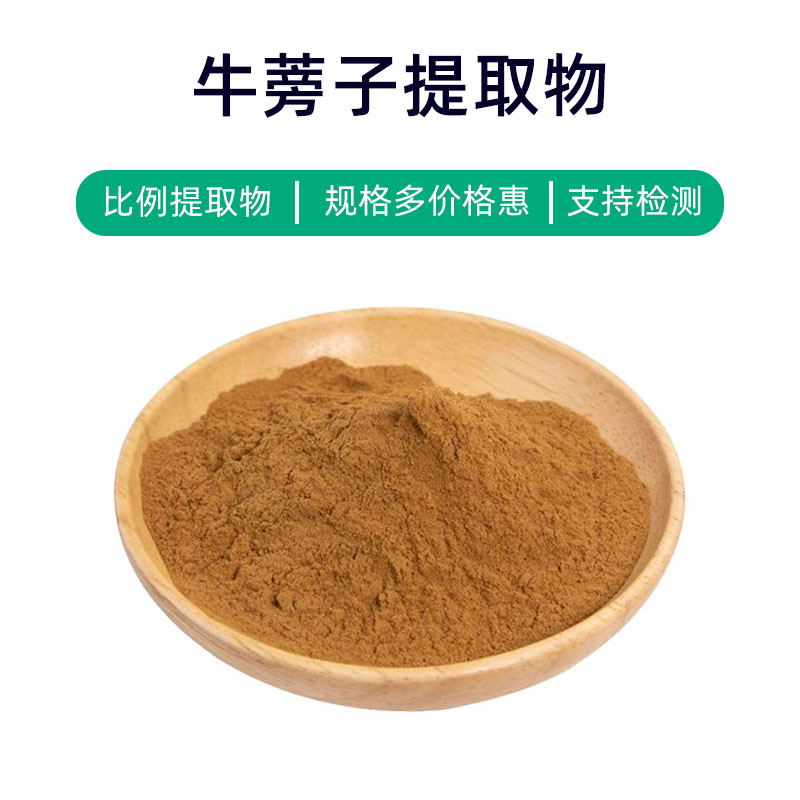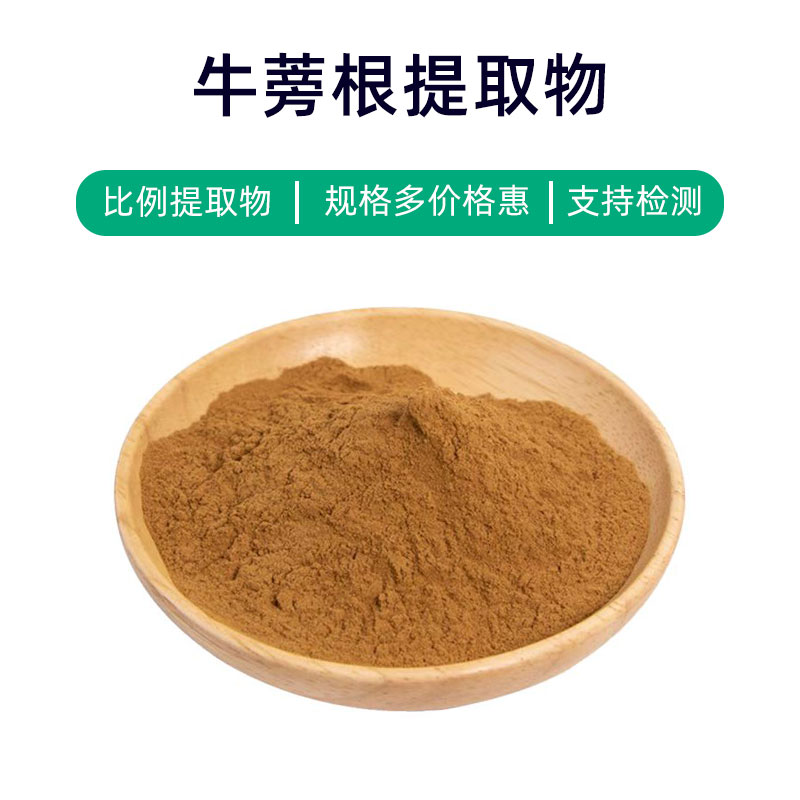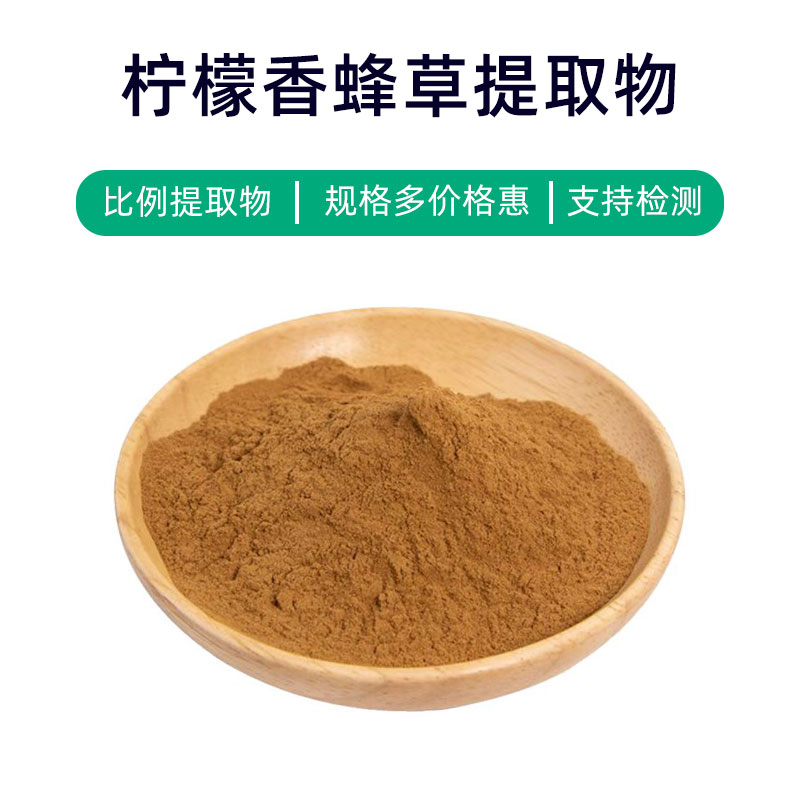Pigweed Extract Product Introduction
Pigweed Extract is a natural plant extract derived from the pigweed (Amaranthus retroflexus) plant, comprising rich vitamins, minerals, and bioactive compounds such as chlorophyll and flavonoids. These components impart various effects and applications to the extract.
Firstly, Pigweed Extract possesses antioxidant properties, helping to neutralize free radicals, slow down cellular aging, and protect the skin from environmental damage. Secondly, it exhibits anti-inflammatory and antibacterial effects, aiding in the reduction of skin inflammation, bacterial infections, and promoting wound healing.
In the pharmaceutical sector, Pigweed Extract is frequently used in the formulation of skin care products and topical ointments, such as anti-inflammatory creams and sprays, for treating mild skin inflammation and allergic reactions. In the health supplement field, it can also serve as a natural nutritional supplement to boost immunity and improve skin health. Additionally, it's often included in cosmetics like creams, masks, and cleansers, providing antioxidant and soothing benefits to enhance overall skincare efficacy.
In summary, Pigweed Extract, as a natural plant extract, offers multiple benefits and a broad range of applications, particularly suitable for skincare and health products, providing users with a safe and effective skincare and wellness experience.
Pigweed Extract Production Process
The production process of Pigweed Extract typically includes the following steps:
- Raw Material Preparation: Fresh pigweed plants are selected for extraction. The plants should be screened and washed to remove impurities and surface dirt.
- Crushing and Grinding: The cleaned pigweed plants are crushed and ground into a powder suitable for extraction. This step helps enhance extraction efficiency and improve product purity and quality.
- Extraction Process: Appropriate solvents (such as water or ethanol) are used to extract from the pigweed plant. Commonly, water extraction or ethanol extraction methods are applied to ensure thorough contact between the crushed plant and the solvent, extracting the active components.
- Concentration and Filtration: The obtained liquid solution is concentrated to remove excess solvent, resulting in a concentrated extract. Next, the concentrated liquid is filtered to eliminate residues and impurities, ensuring product purity.
- Freeze Drying: The filtered extract is subjected to freeze-drying, transforming it into a powder or granulated solid. This process effectively preserves the active ingredients and extends the product's shelf life.
- Packaging and Storage: Finally, the dried Pigweed Extract is packaged and sealed using appropriate materials and methods to prevent moisture and light exposure, ensuring product quality and stability. It should be stored in a cool, dry environment, avoiding high temperatures and direct sunlight.
By following the above production steps, high-quality Pigweed Extract can be produced for applications in pharmaceuticals, health supplements, and cosmetics.
Pigweed Extract Effects and Side Effects
As a natural plant extract, Pigweed Extract has various effects and functions, mainly including:
- Antioxidant Properties: Rich in natural antioxidants like polyphenols and vitamin C, it can effectively eliminate free radicals in the body, reduce oxidative stress, delay cell aging, and protect cell health.
- Anti-Inflammatory Effects: Research indicates that the active components in Pigweed Extract exhibit significant anti-inflammatory properties, inhibiting the onset and progression of inflammation, alleviating tissue damage and pain caused by inflammation.
- Blood Sugar Regulation: The flavonoids in Pigweed Extract help modulate blood sugar levels, potentially lowering blood sugar and improving insulin sensitivity, providing auxiliary support in preventing and controlling diabetes.
- Blood Pressure and Lipid Reduction: Some studies suggest that the active components in Pigweed Extract can regulate vascular tension, promote vasodilation, and help lower blood pressure, while also reducing cholesterol and triglyceride levels in the blood, offering cardiovascular protection.
- Antibacterial and Antiviral Properties: Certain compounds in the extract exhibit antibacterial and antiviral properties, inhibiting the growth and reproduction of bacteria and viruses, which can help prevent infectious diseases.
- Immune Enhancement: The active components in Pigweed Extract can bolster immune function, promoting the activation and proliferation of immune cells, enhancing the body's resistance to pathogens, and aiding in disease prevention.
Despite the multiple benefits of Pigweed Extract, it’s important to be aware of potential side effects and precautions:
- Overuse: Prolonged or excessive use may lead to digestive discomfort, nausea, or vomiting.
- Allergic Reactions: Some individuals may experience allergic reactions to certain components of Pigweed Extract, including skin itching or rashes, so individual differences should be considered during use.
- Caution with Pregnant or Nursing Women: The safety of Pigweed Extract for pregnant or nursing women is not fully established, so caution is advised in these populations, ideally under medical guidance.
Overall, moderate use of Pigweed Extract can provide various benefits, but it's advisable to consult with a healthcare provider or professional before use to avoid adverse reactions.
Pigweed Extract Applications and Dosage
Pigweed Extract has wide applications in pharmaceuticals, food, and cosmetics, with the following main uses and dosages:
- Pharmaceutical Applications:
- Pigweed Extract is commonly used in the pharmaceutical industry to formulate traditional Chinese medicine or health supplements to enhance human health.
- Dosage: Typically taken in the form of oral capsules, tablets, or liquids, adults usually should take it 2-3 times a day, with each dose of 5-10 grams; specific dosages can be adjusted based on medical advice.
- Application Scenarios: Commonly used for blood sugar regulation, blood pressure reduction, antioxidant effects, and immune enhancement, particularly suitable for diabetic patients, those with hypertension, and individuals with weakened immune systems.
- Food Applications:
- In the food industry, Pigweed Extract is often used as an ingredient in natural health foods to enhance nutritional value and functionality.
- Dosage: It can be added to various foods, such as beverages, dairy products, and health supplements, typically at an addition rate of 0.1%-0.5% of the total product.
- Application Scenarios: Often found in functional drinks and nutritional supplements, it can help regulate blood sugar, boost stamina, and enhance immunity.
- Cosmetics Applications:
- Due to its antioxidant and anti-inflammatory properties, Pigweed Extract is widely used in skincare and beauty products.
- Dosage: Typically included in skincare formulations, added to creams, lotions, serums, etc., at concentrations of 0.5%-2% of the total product.
- Application Scenarios: Commonly used in anti-aging skincare products and formulations for sensitive skin repair, it can reduce fine lines, lighten dark spots, and soothe skin inflammation.
In summary, Pigweed Extract holds significant value in pharmaceuticals, food, and cosmetics. When using it, individuals should follow specific product formulations and recommendations from healthcare professionals to ensure appropriate dosing and maximize its benefits while minimizing the risk of adverse effects.
Introduction to Pigweed Plant Source, Distribution, and Growth Environment
Pigweed (scientific name: Portulaca oleracea), also known as purslane or verdolaga, is a common perennial herb belonging to the Portulacaceae family. It possesses significant nutritional value and medicinal properties.
The distribution and growth environment of pigweed mainly encompass the following aspects:
- Growth Environment: Pigweed thrives in warm, humid conditions and is well adapted to sunny, well-draining soils, but can also grow in poor soils and arid climates. Its optimal growth temperature is between 20-30 degrees Celsius, and it demonstrates strong salt and alkali tolerance, growing well in soils with high salinity.
- Distribution Range: Native to the Mediterranean region, pigweed is now widely distributed globally, thriving especially in temperate and tropical areas, including parts of Asia, Africa, Europe, North America, and South America, making it a common wild plant and agricultural weed.
- Growth Habit: Pigweed can be annual or perennial, with substantial growth and reproductive abilities. Its stems are often prostrate, spreading over the ground to form bushy clusters. The fleshy green leaves are typically oval or elliptical, with small branches and a mucilaginous texture. It has a long flowering period with small yellow flowers usually blooming at midday.
- Adaptability: Pigweed is highly adaptable, exhibiting strong drought, salt, alkali, and cold tolerance, and is capable of growing in various environmental conditions.
In conclusion, pigweed is a hardy perennial herb with a wide growth range and strong adaptability, often found in warm, humid climates, representing an important economic and medicinal plant resource.
Pigweed Extract Processing and Storage
The processing of Pigweed Extract involves the following steps: first, collect fresh pigweed plants, followed by washing and cleaning to remove any impurities. Then, the plants are dried or undergo preliminary processing, such as drying or hot air drying, to remove moisture. After that, grinding and extraction are performed, commonly using water or ethanol extraction methods. Finally, filtration, concentration, and drying steps result in the final extract product.
In terms of storage, Pigweed Extract should be kept in a dry, cool, and ventilated environment, free from direct sunlight and high temperatures. It’s also important to protect it from moisture to ensure stable quality. The extract should be placed in sealed containers to avoid exposure to air, extending its shelf life.
Monica Sun is a seasoned expert in the plant extraction industry with over a decade of experience in research and production. She specializes in the extraction and purification of plant active ingredients, focusing on driving innovation in natural product applications. Monica has participated in the development of multiple functional plant extracts, delivering high-value natural raw material solutions for the health food, pharmaceutical, and dietary supplement sectors.









